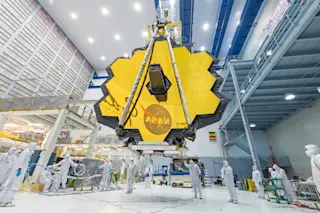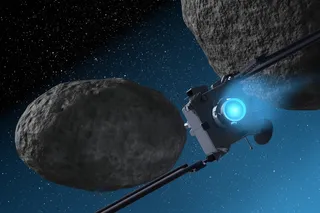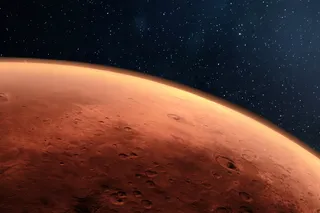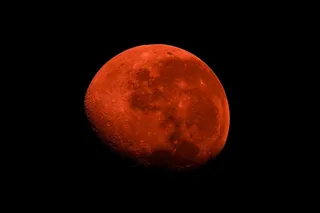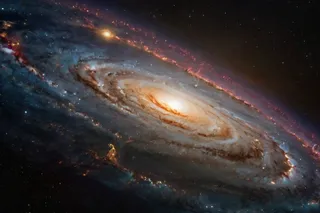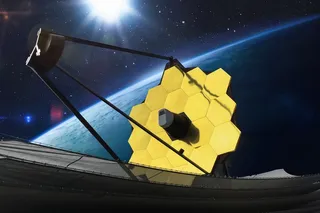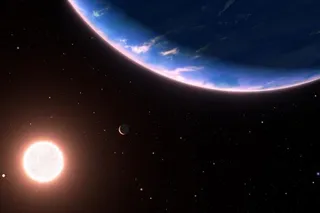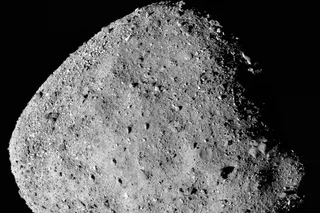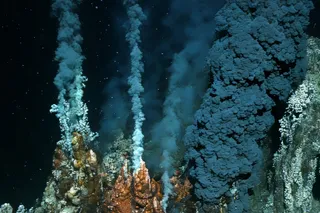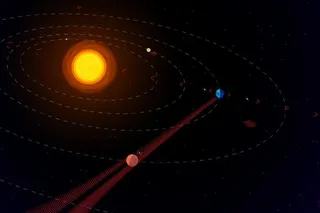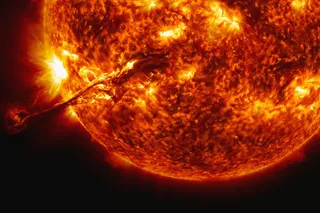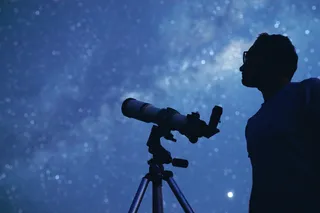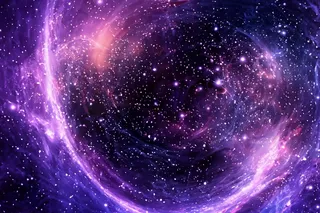The James Webb Space Telescope (JWST) has brought us marvelous images of whirlpool galaxies, supernovas and even questionable space phenomena. But building and getting the device operational was an incredible feat of science, involving hundreds of people from all around the world and three space agencies.
The telescope isn’t on this planet — it orbits the sun. The JWST was launched on December 25, 2021, at 7:20 a.m. EST. In total, it weighs more than 13,000 lbs.
Scientists used the Ariane 5 rocket, a special heavy-duty launch vehicle developed and operated by French company Arianespace with the European Space Agency, to lift JWST into orbit from the Guiana Space Centre in French Guiana.
Once in orbit, it took another six months for staff to tinker with the calibration as it cooled down to operating temperature, according to NASA. The first deep field images were released in July 2022.
(Credit: NASA, ...



